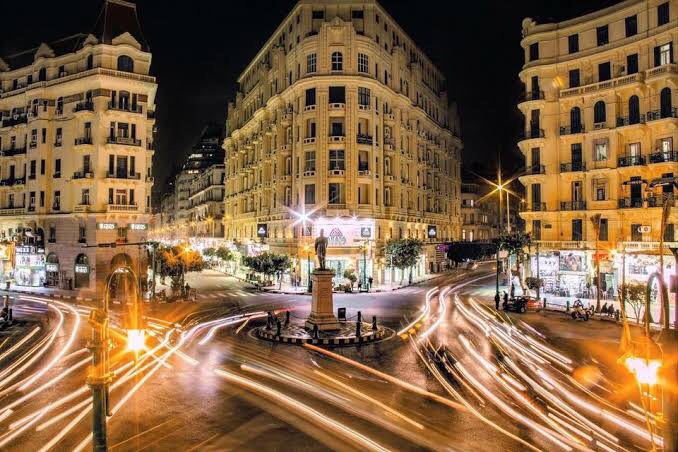Every street corner in Cairo tells the story of a cosmopolitan past. From international communities to foreign invasions, many cultures have left their mark on the city and its unique identity. Away from the modern constructions in Cairo’s new and growing satellite districts, the heart of Cairo boasts architecture that encapsulates the history of a melting pot of cultures, with buildings that show the different eras and styles that came through Cairo, fashioning it into its modern form. Among the various influences, European architecture played a part in the construction of multiple districts in Cairo: from French styled buildings with Parisian domes and flamboyant French cantilever-shaped balconies with steel railings to British flat-roofed buildings with bare red-bricks. Or the terraces and balconies supported by Greek and Roman inspired columns and pillars, a stroll through Cairo takes you down the city’s own memory lane. Here are three districts that display the remnants of European history and architecture in Cairo. Masr El-Gedida (Heliopolis) Despite its roots in ancient times, Masr El-Gedida, also known as Heliopolis, was only developed as a district of Cairo in the early 20th century upon the arrival of…
A Walk Through History: European Influences on Cairo’s Architecture
August 22, 2022



